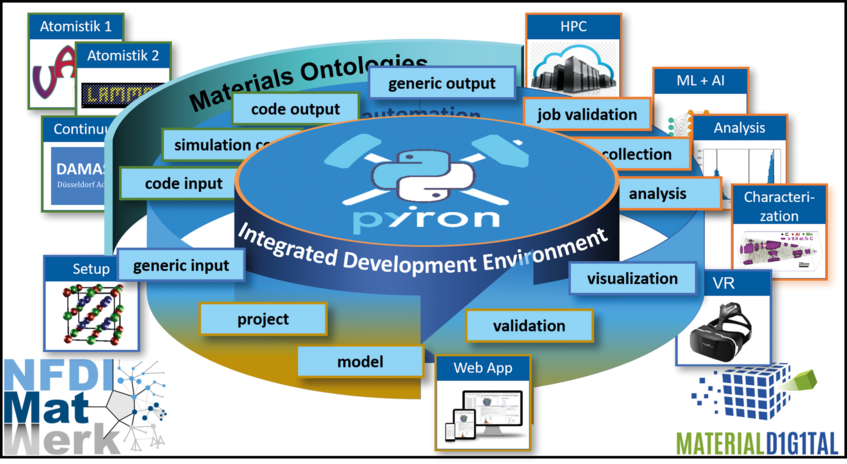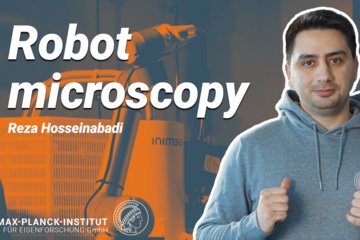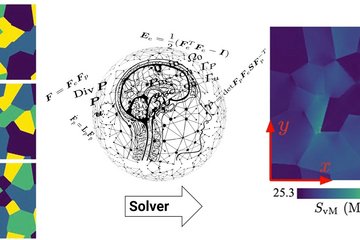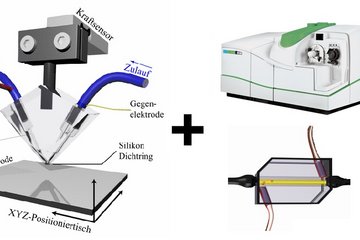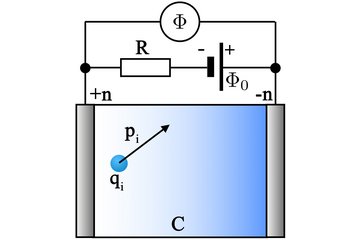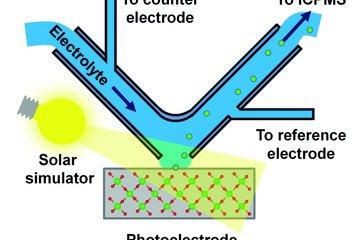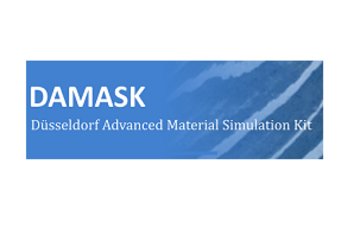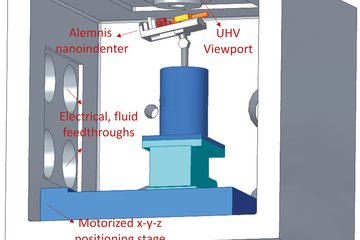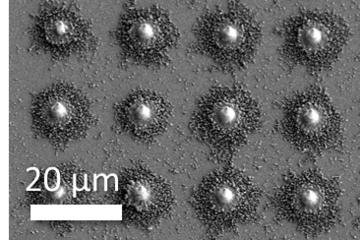Pyiron – an integrated platform for materials simulations and data management
The development of pyiron started in 2011 in the CM department to foster the implementation, rapid prototyping and application of the highly advanced fully ab initio simulation techniques developed by the department. The pyiron platform bundles the different steps occurring in a typical simulation life cycle in a single software platform and provides both developers and users an intuitive and easy to use interface that shields them from the underlying computationally efficient but highly complex data and job management concepts.
Using from the beginning concepts such as generic rather than job specific input and output parameters allows incompatible computer codes such as Vasp, Sphinx, Lammps or Damask to directly communicate data thus making it easy for developers to build and test complex simulation protocols (Fig. 1). The advanced job management system allows an easy upscaling from interactive jupyter notebooks to high performance computing handling thousands of jobs.

In the last reporting period, a large number of new simulation tools and codes have been adapted to pyiron. To streamline the adaptation process of new tools and to make it also easy to our external collaborators and contributors, significant effort has been spent to make the underlying architectural concepts fully modular and easy to access by developers. These recent developments together with the design criteria in terms of a generic input/output language, decentralized data management concepts and rapid upscaling from interactive development to high performance computing (HPC), which made pyiron so powerful in creating advanced materials science simulation workflows, turned out to be also of great interest to other fields. Together with the experience the CM department has gathered in getting such a software platform accepted and used by the actual users in their everyday workflows brought us in a position to initiate and successfully apply for large scale national initiatives broadly related to digitalization and materials science. For example, the CM department was one of the founding members and is now in the management board of a large Platform MaterialDigital financed by the Ministry for Science and Education (BMBF). This expertise was also essential in getting substantial funding within the NFDI (national research data infrastructure). Next to these large initiatives, pyiron turned also out to be essential for the success in more individual third-party grants.
The highly flexible architecture of pyiron and its strong focus on user friendliness and extendibility made it also attractive as data and workflow management tool for experimental activities in-house and in large cooperation networks such as the CRC-1394 on Defect Phase Diagrams. Pyiron also turned out to be highly useful in designing and organizing interactive hands-on workshops on recent developments in materials simulations. Examples are workshops with more than 200 participants on linking atomistic calculations with CALPHAD concepts [1] or on machine learning potentials [2] where participants performed all steps from constructing representative density functional theory (DFT) data sets, via performing the fitting and testing of the potentials up to computing key materials quantities.
Thus, over the last reporting period pyiron has developed from a specialized and locally employed tool to a generic and widely used software platform that enabled the CM department to successfully initiate and participate in large scale networks as well as to initiate international collaborations and foster productivity.
